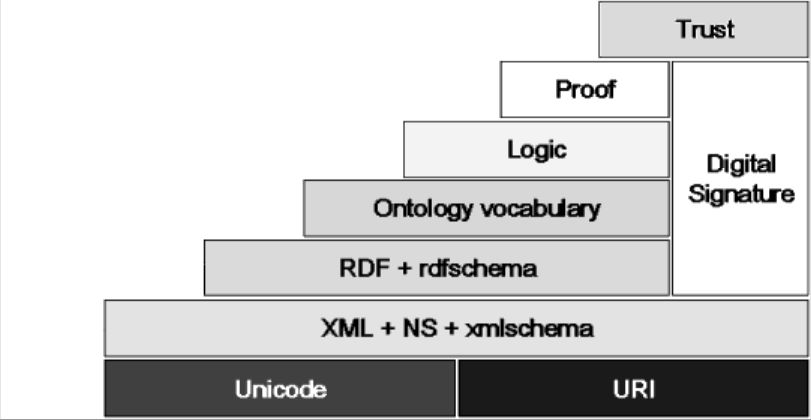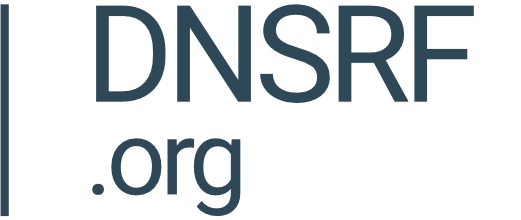Web 3.0 and Standards

By Mark McFadden
As with all complicated things, it depends on whom you talk to.
There are two related visions for a future for the World Wide Web: first, a vision called the semantic web; and second, a vision where open source software dominates, everyone uses Zero Trust approaches to security and the environment is more distributed (less centralised) than the current Web.
The Web’s inventor, Tim Berners-Lee, originally envisioned the semantic web. As long ago as 2000, Berners-Lee proposed a vision to evolve the current Web environment. That vision included a way to structure documents called XML (extensible Markup Language) and a way to indicate the meaning of documents called RDF. One can understand the difference by thinking of XML as a way to describe documents in a structured way and of RDF as metadata about those documents.
To this was to be added logic. Rules could be stored and applied to the data and metadata to get something more interesting. Berners-Lee’s famous example of a rule is, “If you find a daughter, check if she has a daughter, and if so, you have a granddaughter.” The layers of XML, RDF and logic combined to create Berners-Lee’s vision of the semantic web.
To describe this, Berners-Lee created a famous semantic web tower image that was supposed to represent how the semantic web was going to extend the existing web:

For various reasons, this vision of the future of the Web proved challenging to implement. Between 2000 and 2020, the existing Web environment exploded to include mobile apps, web apps that provided complicated services, and an amazing infrastructure to support them. However, for many people, the price that we pay for the current Web is that control is centralised into a small number of organisations, and the barrier to entry prevents all but established or deep-pocketed to introduce new features or services in the Web.
In response, a group of people began envisioning a different Web 3.0. This time, the goals are to provide a more democratic version of the Web, with a central vision of returning control to individual users of data and removing it from centralised technology companies. Among the goals is to remove the control of intermediaries and reduce the power of controlling entities.
This version of Web 3.0 is a collection of ideas more than anything else, so it’s challenging to nail down a precise definition. For people interested in cryptocurrency, the idea is very familiar: put three technologies at the heart of the web: decentralisation, token-based economies, and blockchain.
The connection between the current Web and Web 3.0 often seems difficult to understand. If the current Web is to transition to Web 3.0, the transition will be both dramatic and wide-ranging.
What Was Wrong with Web 2.0?
Web 1.0 was simple and static: people posted documents, pictures and other digital objects, and users could link to them, see them and even remember where they were. Web 1.0 offered little more than the ability to view static web pages. That changed drastically in the early 2000s: YouTube appeared in 2005 and made it possible to look at videos and post your own. Soon after, social networks emerged, and an interactive, personal web came with them. In 2007, the first iPhone was released, which kickstarted the idea of mobile, personal web applications.
The first website in history was created in 1991. You can still view it online today.
The Internet has evolved immeasurably from those early days, and it now has significantly more than 5 billion regular users — more than 65% of the world’s population.
So, if it is so successful, what’s wrong with the dynamic, personal web of the current era?
The creators of the most significant services of the Web 2.0 era (for instance, social networking platforms and search platforms) realised that they had amassed an incredible amount of data on the users of those systems. And that data was personal: it was not just numbers and zeroes but aggregated data about what people did and when. Where they drove, who they voted for, what they said about Lionel Messi, whether they celebrated Pride Week, and whether they were on the pill. That data proved to be very marketable, and as a result, without much-knowing consent, the entire global population was sacrificing privacy and data security at a scale unknown to the human experience in exchange for access to these apps.
Web 2.0 platforms recognised that people’s data privacy is reasonable to sell in exchange for free access to incredibly useful web applications. ## How Can It Be? (That it is time for Standards?) Web 3.0 is a response to that. Instead of having intermediaries collect and own the data, the user owns it and sets the rules for how it can be used. Documentation of the rules and use of that data are made on a neutral blockchain so that everyone can trust that the rules for using the data were applied correctly and transparent to everyone.
One of the significant accomplishments of the NASA program was the concept of a technology readiness assessment (TRA). A TRA assesses how ready technology is for adoption in laboratories, test environments, and public deployment. TRAs are also an excellent indicator of whether a given technology is ready for standardisation. Suppose a technology is early in the development cycle. In that case, it is less likely to be ready for ways to assure interoperability or to understand how implementation of the technology should work together.
So, is it the time for standardising Web 3.0? As a technology, it seems far on the horizon. However, Web 3.0 has vocal advocates who not only believe that Web 3.0 is the future but that it is ready to be studied and standardised. Any TRA would be dubious about such claims, but it’s essential to see what’s happening in the Web 3.0 standardisation landscape. ## Who’s Working on What? ### W3C Because of the connection between Tim Berners-Lee and the World Wide Web Consortium (W3C), it would be natural to look first at what the W3C is working on in this space.
In 2013, the W3C moved all of its work on the Semantic Web to the W3C Data Activity. The W3C Data Activity has a much larger scope than the older semantic web. A significant initiative is to move the W3C’s activity away from tabular data and toward graph data, which we will explore in another blog post later this year.
The W3C does not explicitly specify Web 3.0 but instead works on standards that will impact how Web users publish, organise, query and analyse information. ### ITU-T It’s surprising that a telecommunications standardisation organisation would take much interest in Web 3.0. Still, the ITU-T is interested in expanding its remit, and several participating nation-states see participation in the ITU-T as easier than in the W3C or IETF. As an example, here is a presentation by China Mobile for the ITU-T with an overview of one vision of Web 3.0.
Importantly, ITU-T established an Ad Hoc Group on Web 3.0. The terms of Reference for the Group are:
The establishment of the ad-hoc group is to make a harmonised view for future standardisation among participants in SG13 through sharing information and opinions. It will be quite helpful to move forward with enough discussions and sufficient guidelines for stimulating standardisation activities on new topics and preparing NSP. The purpose of the ad-hoc is to: . Exchange opinions and share information on roles of SG13 considering technology evolution in line with the future Web 3.0 era; . Find out a clear direction for future standardisation on a holistic view for emerging topics and stimulate related standardisation as an input for preparing The Next Study Period.
The Ad-hoc is supposed to provide a progress report with a preliminary strategic plan for future standardisation with potential work items in Study Group 13 in the remainder of this Study Period (to the end of 2024) and in the next Study Period (starting in 2025).
In the meantime, individual Study Groups have seen proposals for immediate work on Web 3.0 - before the Ad Hoc Group’s completion. At the recently convened Study Group 13 and Study Group 17 meetings several suggestions for new areas of study related to Web 3.0 emerged. In all cases, the work at hand was research and not standardisation. The Web 3.0 Ad Hoc group’s mailing lists are archived here. More details about the Ad Hoc group can be found here. ### IETF and the Future of the Current Web Amongst the most exciting developments in Standardization for Web 3.0 has nothing to do with data, data formats or how we arrange and manipulate data. Instead, the IETF has been working on the next version of the Hypertext Transport Protocol - version 3. The QUIC working group had developed a new, faster and more secure protocol for moving things around the Internet. One of the things they have worked on is a new version of the transport protocol for the Web called HTTP/3.
The new protocol is documented in RFC9114 and makes enormous changes to the previous version of HTTP. Besides adding security and efficiency, the new HTTP/3 is extensible. Protocol designers can add extensions and new features as needed rather than re-writing the entire protocol. Any future Web environment, like Web 3.0, will likely be built on the sophistication of HTTP/3.
The QUIC Working Group has other issues on its plate. With the HTTP/3 specification completed, new work on HTTP will likely be in the HTTPbis working group rather than QUIC.
Why Does it Matter?
Standardisation for Web 3.0 seems premature (see the TRA analysis above). That doesn’t prevent standards organisations from starting work on it. In fact, several standards organisations have already started work that, at least, studies the possibilities for Web 3.0.
But that’s just what they are: competing possibilities. There are many visions of what Web 3.0 means, as there are definitions of what sustainable agriculture means. It’s so broad that many standards organisations have tried to focus on single topics while providing a general architecture for the future of the Web.
It may be economically infeasible anyway. Trying to build Web 3.0 means taking on the companies that have built vast economic and technological fortunes with the old, dynamic Web 2.0 model we use daily. Is it possible? Well, it all depends on whom you talk to.


